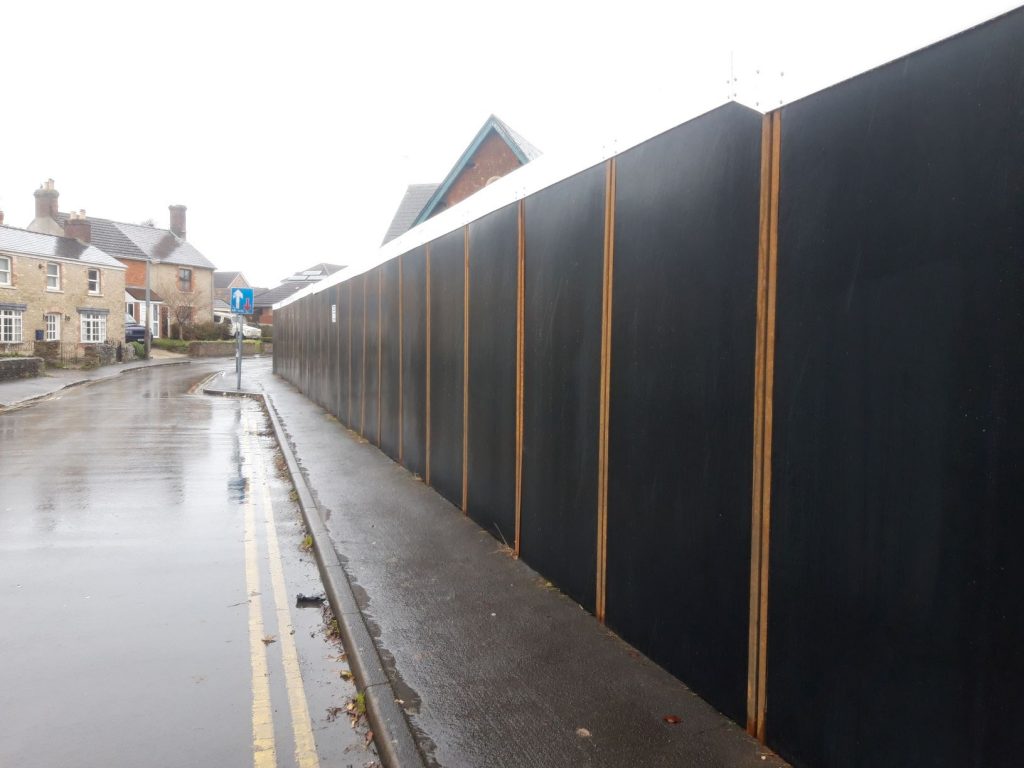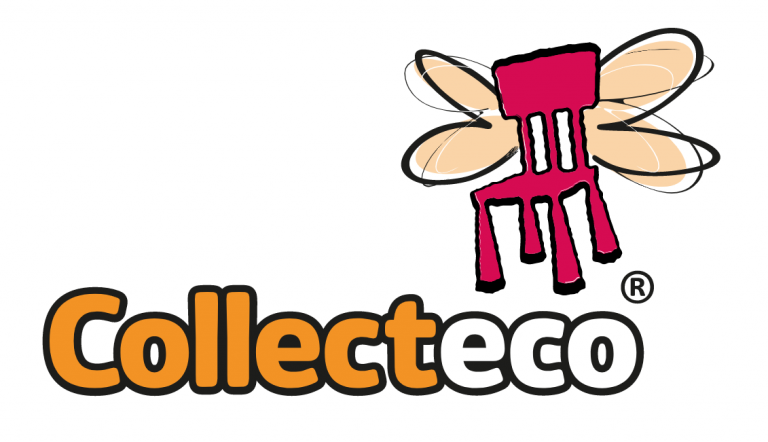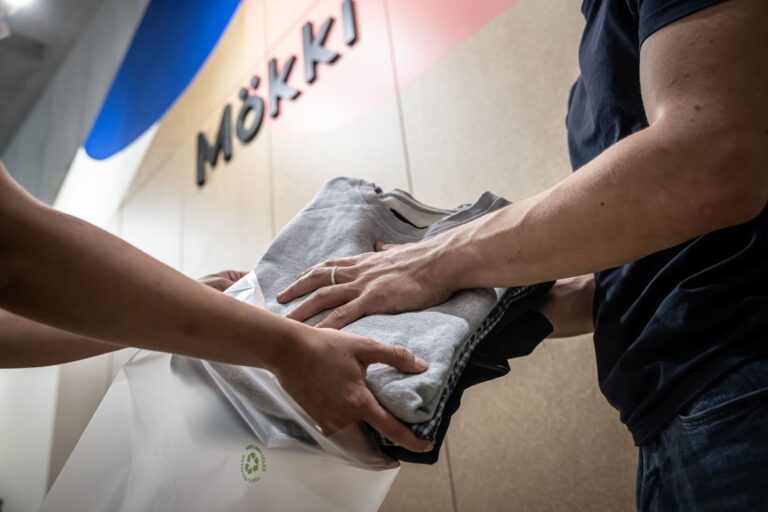Boards made from recycled plastic

Problem Addressed
What to do with hard to recycle mixed waste plastic. At present there are very few economically viable uses for this plastic as sorting and processing is so expensive. Wider challenges related to this include climate change and how to more efficiently use land & water resources.
Case Study
A Tier 1 construction company and a hoarding contractor decided to partner up to get the maximum benefit from using Storm Boards as hoarding. The construction company made the upfront investment in the boards and the hoarding company agreed to erect the hoarding and store the boards when not in use. This has the benefit for the construction company that they are going to save money long term on the cost of hoarding as the major component will be reused and they don’t have to worry about storage costs etc. It also works for the hoarding company because they are guaranteed future jobs as the guardians of the boards. So far this partnership has been in operation for 2 years. The boards have been put up on several sites and due to their reuse are proving a cost effective alternative to buying and disposing of ply.
Facts and Figures
This page presents data, evidence, and solutions that are provided by our partners and members and should therefore not be attributed to UKGBC. While we showcase these solutions for inspiration, to build consensus, and create momentum for climate action, UKGBC does not offer commercial endorsement of individual solutions. If you would like to quote something from this page, or more information, please contact our Communications team at media@ukgbc.org.
Related
Collecting and donating surplus furniture, equipment and materials

Spaces for the sale, donation and recycling of items

Reusable modular building system from waste plastic

Service to collect waste wood

